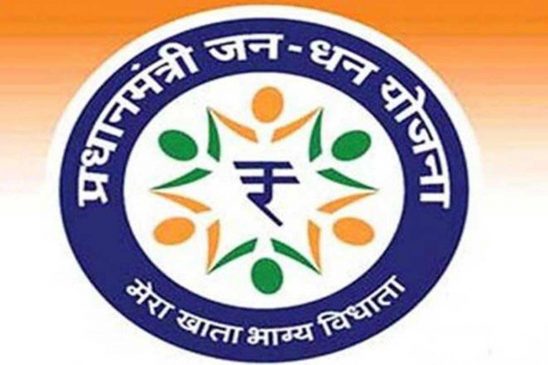New Delhi: Pradhan Mantri Jan-Dhan Yojana (PMJDY), the scheme providing basic banking facilities to the underprivileged, now has in excess of 472 million accounts with deposits in excess of ₹1.75 lakh crore , helping catalysing the government’s mission for financial inclusion, including its social security programmes, officials aware of the development said.
The world’s largest financial inclusion programme is primarily driven by public sector banks (PSBs) which account for 79% of total PMJDY accounts and 77.5% of total deposits, said the officials who asked not to be named. Regional rural banks (RRBs) and private banks have also contributed in this mission, they added. Expectedly, India’s largest lender, the state-owned State Bank of India (SBI) leads with at least 135 million accounts.
Read More: Central Govt employees get Old Pension Scheme (OPS) option in these conditions. Details here
“Data show that PMJDY has also helped in financial empowerment of women as over 55.5% PMJDY accounts belongs to them,” one of the officials said. Prime Minister Narendra Modi on August 15, 2014 announced PMJDY to provide universal access to banking services for people. The scheme was launched on August 28 of the same year. These are basic savings bank zero balance deposit accounts, with a provision of RuPay debit card inclusive of free accident insurance coverage of ₹2 lakh.
According to the latest data, private sector banks account for less than 3% of such accounts, while RRBs account for around 18% . Among states, Uttar Pradesh tops the list with 84,341,592 (84 million) PMJDY accounts as on October 12. The total number of Jan-Dhan accounts in Bihar is 53,142,192 (53 million) , West Bengal (46,381,168), Madhya Pradesh (38,674,997), Rajasthan (32,441,143) and Maharashtra (32,085,689).
“Jan-Dhan accounts have become one of the major tools to provide welfare measures to the intended beneficiaries instantly without involving any middleman. The PM recently underscored the strength of Indian banking system as one of the pillars for the robustness of the Indian economy,” a second official said citing recent decision of the Reserve Bank of India to remove restrictions placed on the Central Bank of India under its Prompt Corrective Action (PCA) framework. With the RBI’s decision on September 20 all PSBs are now out of the PCA framework. In 2017-18, 11 state-run banks were under the framework.
Read More: Zee-Sony Merger: Groups Agree to Sell 3 Hindi Channels to Address Anti-competition Concerns
PCA is a framework of RBI to maintain sound financial health of banks. It prohibits banks, having disproportionate non-performing assets (NPAs), from taking risks and virtually stops their lending activities. Initially there were 11 PSBs under PCA — Dena Bank, Central Bank of India, Bank of Maharashtra, UCO Bank, IDBI Bank, Oriental Bank of Commerce, Indian Overseas Bank, Corporation Bank, Bank of India, Allahabad Bank and United Bank of India.
Dedicating 75 Digital Banking Units (DBUs) across 75 districts to the nation on October 16, Prime Minister Narendra Modi said: “Today the entire country is experiencing the power of Jan-Dhan bank accounts… This opened the way for loans for the poor without collateral and provided Direct Benefit Transfer to the accounts of the target beneficiaries. These accounts were the key modality for providing homes, toilets, gas subsidy, and benefits of schemes for farmers could be ensured seamlessly.”
The PM also said the Indian economy is strong on its robust banking system that transformed from a means of financial transaction to a tool for “good governance” eradicating corruption through direct delivery of services.
On the eighth anniversary of PMJDY on August 28, 2022, Union finance minister Nirmala Sitharaman said: “Financial inclusion (FI) is a major step towards inclusive growth which ensures the overall economic development of the marginalised sections of the society.”
She said there has been a marked shift in the approach of government’s FI programme after 2018. The focus has shifted from “every household’ to “every adult” with added emphasis on usage of accounts by enhancing direct benefit transfer flows through these accounts, promoting digital payments through the use of RuPay cards. PMJDY is one of the essential components of the JAM trinity – Jan-Dhan accounts, Aadhaar identification, and mobile accessibility – a tool to provide subsidies to identified beneficiaries without any leakage.





































